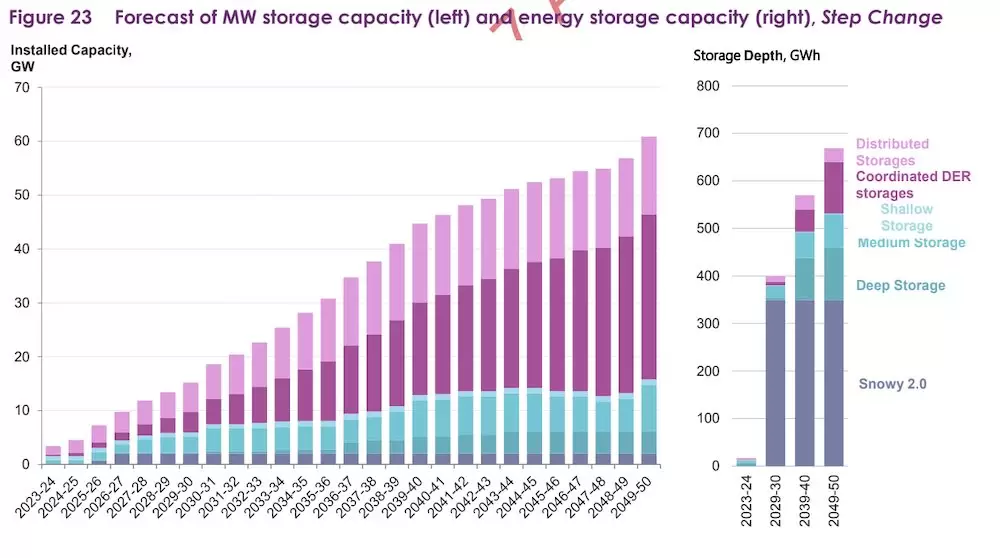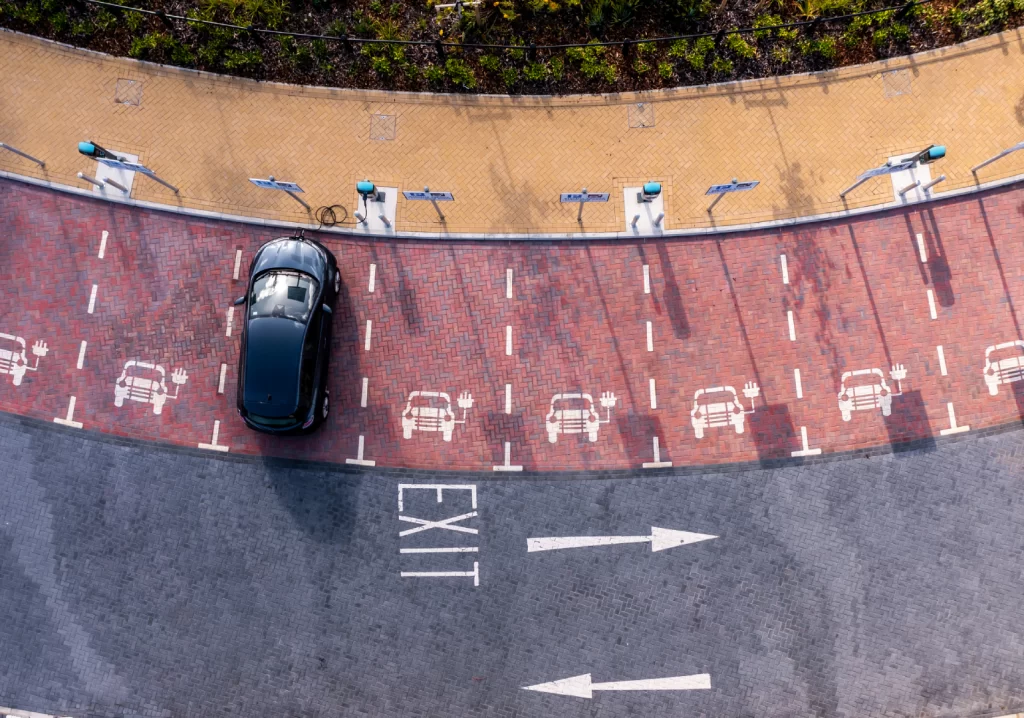The exponential uptake of electric vehicles in Australia has led to questions about how the grid will handle increased demand. But what if these portable batteries could be the solution to grid stability instead of the problem?
Piclo is a UK-based company that takes a technology-agnostic approach to corral Distributed Energy Resources (DERs) into a marketplace to address temporary surges in demand. Founded in 2015, it now has more than 50,000 distributed energy assets on the books, including more than 30,000 electric vehicles.
Speaking via a pre-recorded video on day one of the All-Energy Conference in Melbourne, Piclo Chief Operating Officer John Bayard said the number of EVs signed up to Piclo across the UK, Europe and North America has tripled in recent years as vehicles with bidirectional charging become the norm in these markets.
Piclo is contracted to four major energy providers in the UK and acts as a broker to bring energy from these DERs into the grid system.
“One key aspect of this is the hyper-local nature of these problems.“ Bayard said. “[In one example] UK Power Networks [was] looking for something connected at the 0.4 KV level, so in the low voltage, that can provide point 0.043 MW of needs from the 1 May 2024 to 30 September 2024 from 1900 to 2130 [hours].”
Bayard said that while large generating units or other permanent infrastructure would be an inefficient way of addressing this temporary need, a locally-connected EV represents an enormous opportunity in providing these solutions.
Addressing the duck curve
Ian Boake, Director of Integrated Energy Systems at Mott MacDonald, is a fan of Piclo.
“They’ve actually produced £57.4 million worth of flexibility services, which translates to 1.1 GW of flexibility,” he said. “And just imagine what you could do with 1.1 GW of power addressing the duck curve in Australia.”
With Australia facing many challenges in the energy transition, Boake thinks Australia should look to overseas successes and learn from them.
“All of the [grid] problems have been solved at scale. So they’re not trials … these are absolute commercial products that have scalability to them in an enterprise solution.”
Suburbia is the power plant of the future
Justin Hardy, Head of Innovation and Engineering at battery company Club Assist, sees the proliferation of small-scale batteries turning our communities into the power station of the future.
“We’re heading towards a world where there [are] rooftops that are going to have mainly PV,” he said. “There’ll be a lot of embedded battery storage, and of course a lot of electric vehicles. Two per household on average.
“EVs might be the trigger to really enable people to accelerate [uptake] because up until now, you had to buy expensive storage systems. But now that storage comes with the car. It’s an easy process to sign up to access that value.”
And this is going to happen fast with Hardy projecting that 90 per cent of all vehicle sales will be electric by the early 2030s.
“The transition to EVs is going to be rapid [and will] fundamentally reshape our electricity system. This transition is going to be driven by customers. So not by industry, not by governments, but by customers. And that changes the way that we as an industry need to prepare ourselves to manage the energy sector in the future.”

Public transport adding to the problem
Though the average trip length for Australian vehicles is a measly 34 to 35km per day, battery-powered buses are one category of electric vehicle likely to exceed this most days.
Naomi Dickinson, Chair of the Victorian Branch of the Engineers Australia Electrical College, says that the duck curve is a real issue when it comes to electrifying public transport.
“If you are a public transport operator, typically what you do is you maintain vehicles at night-time after services after all the timetables are over,” she said. “[For electric vehicles] that’s when you charge so you’re not disrupting service. But that means that there is going to be a lot of demand from public transport industries like public buses that charge at night.”
But Hardy is optimistic for the future of DERs and their ability to offset these needs.
“Even if only a small portion of that [EV storage] can be accessed it absolutely changes the game.”
Discuss the uptake of EVs further — and hear from an array of industry experts in renewables — at Climate Smart Engineering 2023.
